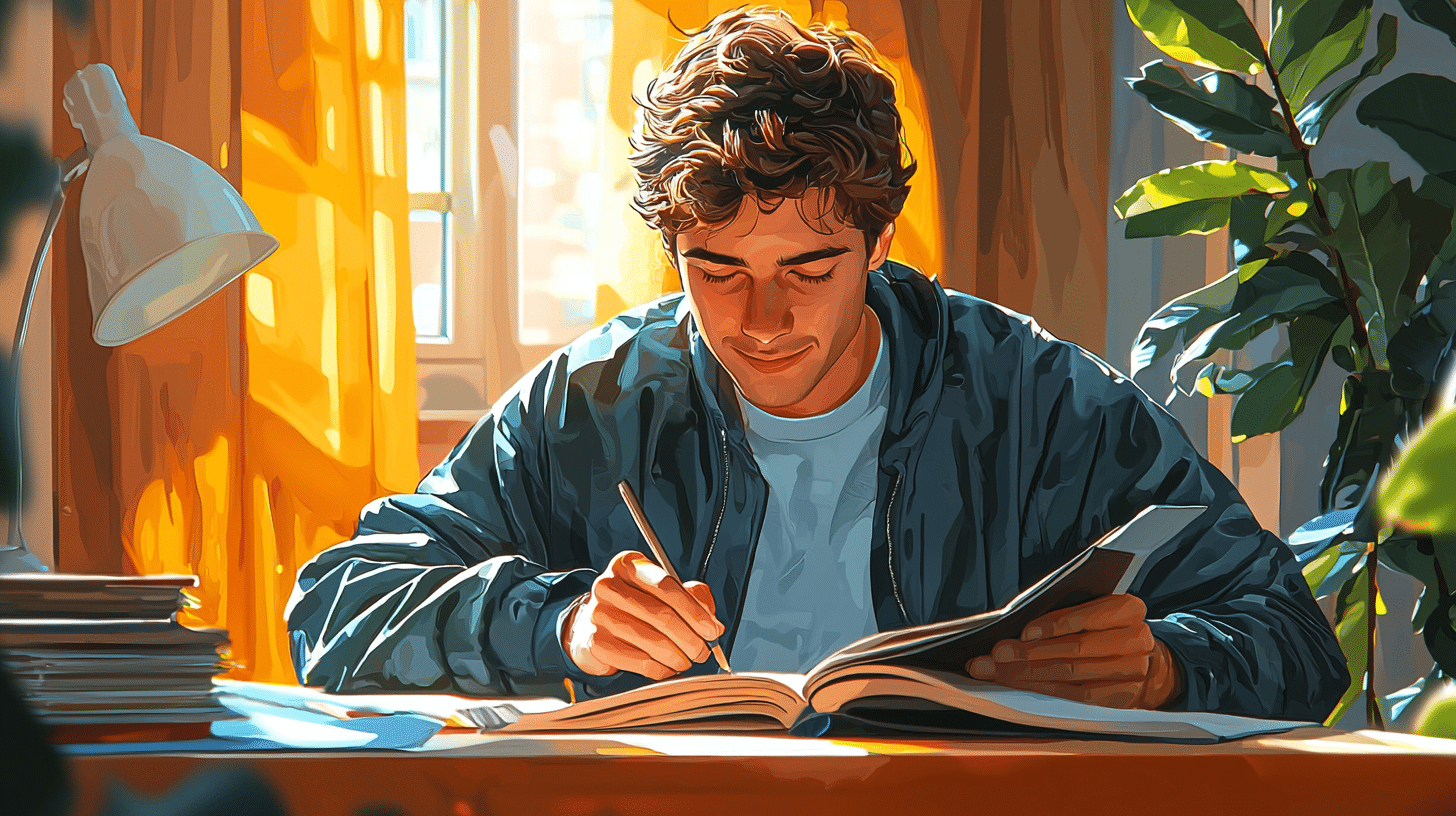Tamil, one of the oldest classical languages in the world, has an indelible impact on Indian cinema, especially in the realm of dialogue writing. Tamil cinema, colloquially known as Kollywood, boasts a rich heritage that intertwines linguistic prowess with cultural narratives. As an English speaker and a language learner, understanding the role of Tamil in Indian cinema dialogue writing offers a unique perspective on the art of storytelling, cultural nuances, and the linguistic intricacies that define a region’s cinematic expression.
The Historical Context of Tamil in Cinema
The history of Tamil cinema dates back to the early 20th century, with the silent film “Keechaka Vadham” (1918) often credited as one of the first Tamil movies. This silent era set the stage for the emergence of Tamil as a formidable linguistic force in Indian cinema. The transition to “talkies” in the 1930s marked a significant shift, with films like “Kalidas” (1931) showcasing the lyrical and poetic potential of Tamil dialogues.
Tamil, being a classical language, carries with it a historical and cultural gravitas that influences its usage in cinema. The language’s rich literary tradition, from Sangam poetry to modern novels, provides a vast reservoir of linguistic resources for dialogue writers. This historical context is crucial for understanding how Tamil dialogues in cinema are crafted, often drawing from literary, philosophical, and cultural sources that resonate deeply with Tamil audiences.
The Evolution of Tamil Dialogue Writing
Tamil dialogue writing has evolved significantly over the decades, reflecting broader socio-political changes and advancements in filmmaking. In the early days of Tamil cinema, dialogues were heavily influenced by theatrical traditions, with a focus on elaborate and ornate language. This style was evident in films like “Chandralekha” (1948) and “Manthiri Kumari” (1950), where dialogues were often poetic and grandiose, catering to the tastes of a literate and culturally aware audience.
As Tamil cinema progressed, the influence of Dravidian politics and the rise of leaders like C.N. Annadurai and M. Karunanidhi, who were also prolific writers, brought a more grounded and socially conscious tone to dialogue writing. Films began to address social issues, and dialogues became a medium for political and ideological expression. This period saw the rise of “Makkal Thilagam” M.G. Ramachandran (MGR) and “Nadigar Thilagam” Sivaji Ganesan, whose films often featured powerful and emotive dialogues that resonated with the masses.
In contemporary Tamil cinema, dialogue writing has become more nuanced and diverse, reflecting the changing tastes and sensibilities of modern audiences. Writers like Jeyamohan, Vetrimaaran, and Thiagarajan Kumararaja have pushed the boundaries of traditional dialogue writing, incorporating elements of realism, humor, and subtext to create more layered and engaging narratives.
The Craft of Tamil Dialogue Writing
Writing dialogues in Tamil for cinema is an art that requires a deep understanding of the language, culture, and audience. Here are some key aspects that define the craft of Tamil dialogue writing:
1. Linguistic Nuances
Tamil is known for its rich vocabulary and intricate grammar, which allows for a wide range of expression. Dialogue writers must be adept at using these linguistic nuances to convey emotions, character traits, and narrative progression. The choice of words, sentence structure, and even the use of dialects can significantly impact the effectiveness of a dialogue.
For instance, in Mani Ratnam’s “Nayakan” (1987), the dialogues written by Balakumaran are a masterclass in linguistic precision. The use of Chennai Tamil, with its unique slang and intonation, adds authenticity to the characters and setting. Similarly, in “Paruthiveeran” (2007), the dialogues by M. Sasikumar and Ameer Sultan are rooted in the Madurai dialect, which enhances the film’s rural backdrop and the raw intensity of the characters.
2. Cultural Context
Tamil cinema dialogues often draw from the cultural and social milieu of Tamil Nadu. The use of proverbs, idioms, and references to local traditions, festivals, and historical events can add depth and resonance to the dialogues. This cultural context is essential for creating a sense of authenticity and relatability for the audience.
A prime example is Bharathiraja’s “16 Vayathinile” (1977), where the dialogues, written by the director himself, are imbued with rural Tamil culture. The film’s portrayal of village life and the characters’ interactions are enriched by the use of colloquial language and cultural references that reflect the socio-economic conditions of the time.
3. Characterization
Effective dialogue writing is crucial for character development. The way a character speaks, the words they choose, and their tone of voice can reveal much about their personality, background, and motivations. Tamil cinema has a long tradition of creating memorable characters through distinctive dialogues.
In “Baasha” (1995), the dialogues by Rajinikanth and Suresh Krissna are instrumental in establishing the larger-than-life persona of the protagonist, Manikkam. The iconic line, “Naan oru thadava sonna, nooru thadava sonna maadhiri” (If I say it once, it’s equivalent to saying it a hundred times), has become a cultural touchstone, encapsulating the character’s authority and charisma.
4. Emotional Resonance
Tamil dialogues are often crafted to evoke strong emotions, whether it’s humor, pathos, anger, or love. The ability to elicit an emotional response from the audience is a hallmark of great dialogue writing. This emotional resonance is often achieved through the use of poetic language, rhetorical devices, and powerful imagery.
In “Alaipayuthey” (2000), the dialogues by Mani Ratnam and R. K. Selvamani capture the complexities of love and relationships with a delicate touch. The film’s poignant lines, such as “Kadhal konjam thookalaam, aana oru manam konjam thookalaama?” (Love can be weighed, but can a heart be weighed?), beautifully convey the emotional turmoil of the characters.
Influence of Tamil Cinema Dialogues on Popular Culture
Tamil cinema dialogues have a profound influence on popular culture, often transcending the boundaries of cinema to become part of everyday language and societal discourse. Iconic dialogues are quoted in daily conversations, political speeches, and social media, reflecting the deep connection between cinema and Tamil society.
1. Political Impact
Tamil cinema has a long history of intersecting with politics, and dialogues have played a significant role in this dynamic. Leaders like M.G. Ramachandran and Jayalalithaa, who transitioned from cinema to politics, used their cinematic dialogues to craft their public personas and connect with the masses.
For instance, MGR’s dialogues in films like “Enga Veettu Pillai” (1965) and “Ayirathil Oruvan” (1965) often carried messages of social justice and empowerment, which resonated with his political ideology. These dialogues helped cement his image as a champion of the common people and played a crucial role in his political success.
2. Social Commentary
Tamil cinema dialogues often serve as a medium for social commentary, addressing issues such as caste discrimination, gender inequality, and corruption. The dialogues in these films not only entertain but also provoke thought and inspire change.
In “Karnan” (2021), the dialogues by Mari Selvaraj address the systemic oppression faced by marginalized communities. The film’s powerful lines, such as “Karnan oda porattam na, unga porattam” (Karnan’s struggle is your struggle), highlight the collective fight against injustice and resonate deeply with audiences.
3. Memes and Internet Culture
In the digital age, Tamil cinema dialogues have found new life in the form of memes and viral content. Iconic lines are often repurposed for humor and satire, becoming part of the broader internet culture. This phenomenon reflects the enduring appeal and versatility of Tamil dialogues.
One such example is the dialogue “Enna da, Rascala!” from “Chandramukhi” (2005), which became an internet sensation. The line, delivered by Rajinikanth, was widely shared and parodied, showcasing the playful and humorous side of Tamil cinema dialogues.
The Future of Tamil Dialogue Writing
The future of Tamil dialogue writing is poised to be shaped by emerging trends in cinema and the evolving tastes of audiences. As Tamil cinema continues to innovate and experiment with new genres and storytelling techniques, dialogue writers will play a crucial role in shaping the language and narrative style of the industry.
1. Embracing Realism
Contemporary Tamil cinema has seen a shift towards more realistic and grounded storytelling, with a focus on authentic portrayals of everyday life. Dialogue writers are increasingly using naturalistic language and conversational tones to create a sense of realism and relatability.
In films like “Super Deluxe” (2019), the dialogues by Thiagarajan Kumararaja and his team are marked by their authenticity and rawness. The film’s diverse characters, from a transgender woman to a middle-class housewife, speak in voices that reflect their real-life counterparts, adding depth and credibility to the narrative.
2. Exploring Regional Dialects
Tamil Nadu is a linguistically diverse state with numerous regional dialects, each with its unique flavor and cultural significance. Future dialogue writing is likely to explore these dialects more extensively, enriching the cinematic experience with regional authenticity.
In “Asuran” (2019), the dialogues by Vetrimaaran incorporate the Thirunelveli dialect, which adds a distinct regional flavor to the film. This use of dialect not only enhances the setting but also provides insight into the characters’ identities and social backgrounds.
3. Integrating Technology
The integration of technology in filmmaking is opening up new possibilities for dialogue writing. Advanced sound design, dubbing techniques, and digital platforms are enabling more innovative and immersive dialogue experiences.
For instance, in the animated film “Koozhangal” (2021), the dialogues are crafted to complement the visual storytelling, creating a seamless and engaging narrative. The use of sound effects, voice modulation, and digital enhancements allows for a more dynamic and impactful dialogue delivery.
Conclusion
The role of Tamil in Indian cinema dialogue writing is a testament to the language’s rich heritage, cultural significance, and linguistic versatility. From its historical roots to its contemporary innovations, Tamil dialogue writing has continuously evolved to reflect the changing landscape of cinema and society.
As an English speaker and language learner, exploring the intricacies of Tamil dialogue writing offers valuable insights into the art of storytelling and the power of language. Whether it’s the poetic elegance of early Tamil films, the socially conscious dialogues of the Dravidian era, or the realistic portrayals of modern cinema, Tamil dialogues continue to captivate audiences and shape the cultural narrative.
In the ever-evolving world of cinema, Tamil dialogue writing remains a vibrant and dynamic force, enriching the cinematic experience and leaving an indelible mark on the hearts and minds of audiences worldwide.

